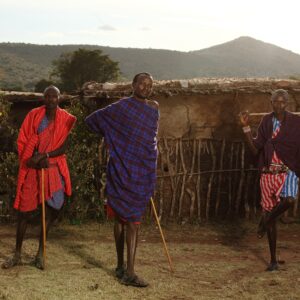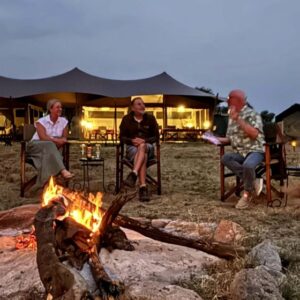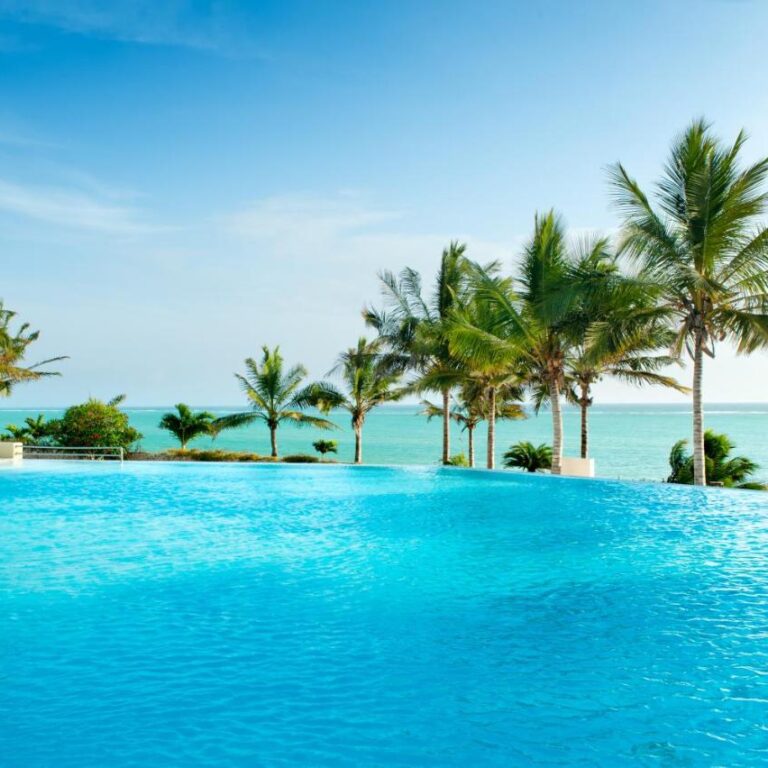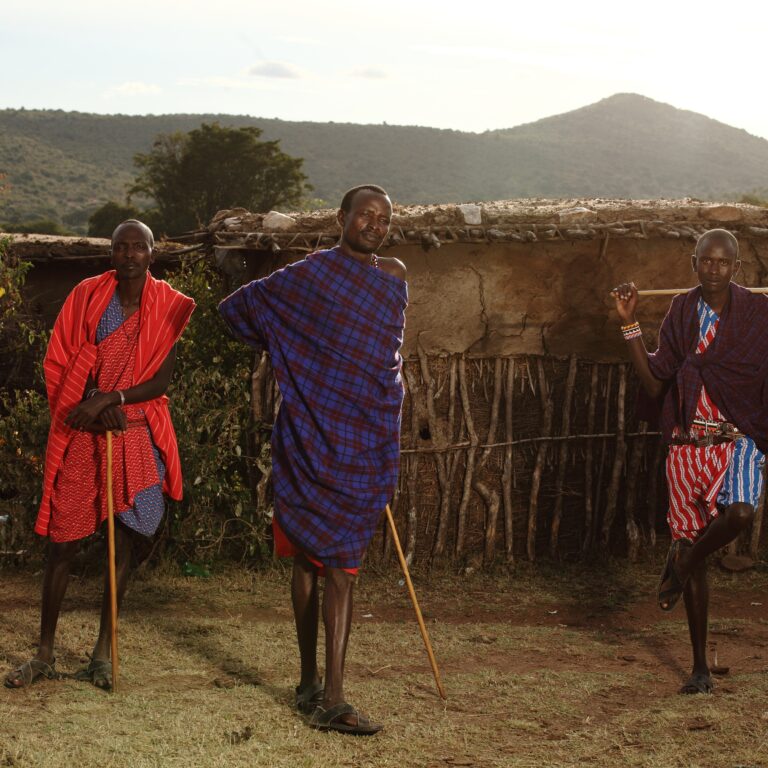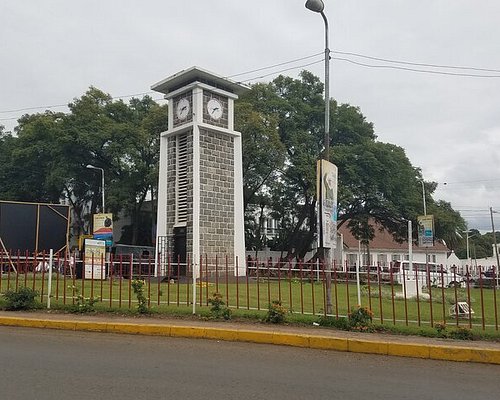Is Mount Kilimanjaro Easy to Climb?
Mount Kilimanjaro, Africa’s tallest peak, standing at an impressive 5,895 meters (19,341 feet), is a dream destination for many adventurers and mountaineers. Its majestic, snow-capped summit draws climbers from around the world, eager to conquer its heights. However, one crucial question persists: Is Mount Kilimanjaro easy to climb? In summary, Kilimanjaro isn’t “easy,” but with preparation, determination, and the right mindset, you can conquer Africa’s highest peak. Let’s delve into the intricacies of this question by exploring various aspects of the climb, including physical challenges, route options, preparation, and success rates.
Understanding the Physical Challenges
Climbing Mount Kilimanjaro isn’t a walk on the beach, but it’s also not an insurmountable challenge. Let’s break it down: Climbing Mount Kilimanjaro is not a technical climb, meaning it doesn’t require advanced mountaineering skills or equipment like ropes and harnesses. However, the trek is physically demanding. The primary challenges stem from the high altitude, unpredictable weather, and long trekking days. Climbing Kilimanjaro most days are not very hard because the trails are not steep it’s mostly dealing with the altitude, however the summit night is extremely difficulty as this is the coldest, windiest section of your adventure. An ascent of 4,084ft with 49% less oxygen and a descent of nearly 6,870ft.
Altitude and Acclimatization
One of the most significant hurdles in climbing Kilimanjaro is the altitude. At nearly 6,000 meters, the oxygen levels are significantly lower, which can lead to altitude sickness. Symptoms include headaches, nausea, dizziness, and fatigue. Proper acclimatization is crucial to minimize these risks. Most routes offer a gradual ascent profile, which helps climbers adjust to the altitude. The real difficulty lies in altitude. Kilimanjaro takes you rapidly to high elevations, which can cause mountain sickness. Over 50% of climbers experience this, and about 65% don’t reach the summit. Altitude training and a slow pace are crucial for acclimatization
Weather Conditions
Kilimanjaro’s weather is notoriously unpredictable. Climbers can experience extreme temperature variations, from scorching heat at the base to freezing temperatures near the summit. Additionally, rain and snow can make the trails slippery and challenging. Proper gear and preparation for varying conditions are essential for a successful climb.
Physical Fitness and Stamina
While Kilimanjaro doesn’t require technical climbing skills, it demands physical endurance. Climbers must be prepared for long days of hiking, often 6-8 hours daily, with summit night being particularly strenuous, involving up to 15 hours of trekking. Good cardiovascular fitness, leg strength, and stamina are critical to manage the physical demands of the climb.
Summit Night: The final ascent is the toughest. You’ll face extreme cold, strong winds, and low oxygen. It’s an ascent of 4,084 feet with 49% less oxygen, followed by a nearly 6,870-foot descent. Expect 12-14 hours of walking on summit night. Regular training, quality gear, and a seasoned guide are essential. Longer routes (6+ days) improve acclimatization. Remember, age isn’t a barrier—people from 6-year-olds to 89-year-olds have summited Kilimanjaro
Exploring Kilimanjaro Route Options
Mount Kilimanjaro offers several routes to the summit, each with its unique characteristics and difficulty levels. The choice of route significantly impacts the overall climbing experience.
Marangu Route
Known as the “Coca-Cola” route, Marangu is considered one of the easier routes due to its gradual ascent and hut accommodations. However, its popularity often leads to crowded trails. The route typically takes 5-6 days, but the quick ascent increases the risk of altitude sickness.
Machame Route
The Machame route, or “Whiskey” route, is favored for its scenic beauty and diverse landscapes. It’s more challenging than Marangu due to steeper sections and longer days, but it allows better acclimatization with a longer 6-7 day itinerary. This route is ideal for those seeking a balance between challenge and scenery.
Lemosho Route
Lemosho is considered one of the most beautiful and less crowded routes. It offers excellent acclimatization profiles, with an 8-9 day itinerary that provides ample time to adjust to the altitude. The varied landscapes and panoramic views make it a favorite among experienced trekkers.
Rongai Route
Starting from the north, the Rongai route is less traveled and offers a different perspective of the mountain. It’s slightly easier than other routes but involves a longer drive to the trailhead. The 6-7 day trek provides a good balance of challenge and acclimatization.
Northern Circuit Route
The Northern Circuit is the longest and newest route, offering a comprehensive 9-day itinerary that circles around the mountain. It provides the best acclimatization and the highest success rates due to the gradual ascent. This route is ideal for those with time and seeking a less crowded experience.
Mt Kilimanjaro Preparation and Training
Successful summiting of Mount Kilimanjaro requires meticulous preparation and training. Here are key aspects to consider:
Physical Training
Begin a training regimen at least three to six months before your climb. Focus on cardiovascular exercises like running, cycling, and swimming to build endurance. Incorporate strength training for your legs and core, as well as hiking on varied terrains with a weighted backpack to simulate the trekking conditions.
Mental Preparation
Mental toughness is as crucial as physical fitness. Long days of trekking, altitude discomfort, and varying weather conditions can be mentally taxing. Prepare yourself by setting realistic expectations, practicing mindfulness, and visualizing the climb. Building a positive mindset can significantly impact your overall experience.
Gear and Equipment
Invest in high-quality gear suitable for a variety of weather conditions. Essential items include a sturdy pair of hiking boots, thermal layers, waterproof clothing, gloves, hats, and a good sleeping bag. Trekking poles can provide additional support on steep and uneven sections.
Health Precautions
Consult with a healthcare provider before the climb to ensure you’re in good health. Obtain necessary vaccinations and medications, including altitude sickness pills. Carry a first-aid kit with essentials like bandages, pain relievers, and blister treatments.
Kilimanjaro Success Rates and Tips for a Successful Climb
The success rate of reaching Kilimanjaro’s summit varies based on several factors, including route choice, duration, and individual fitness levels. Generally, longer routes with gradual ascents have higher success rates. For instance, the Northern Circuit boasts a success rate of over 90%, while shorter routes like Marangu have lower success rates, around 65-70%.
Tips for a Mt Kilimanjaro Successful Climb
Choose the Right Route: Opt for a longer route to improve your chances of acclimatizing and reaching the summit.
Go Slow: Adopt a “pole pole” (Swahili for “slowly, slowly”) pace to conserve energy and reduce altitude sickness risk.
Stay Hydrated: Drink plenty of water to stay hydrated and aid in acclimatization.
Listen to Your Body: Pay attention to altitude sickness symptoms and communicate with your guide if you feel unwell.
Stay Positive: Maintain a positive attitude and support your fellow climbers to keep morale high.
Conclusion: Is Mount Kilimanjaro Easy to Climb?
While Mount Kilimanjaro is not a technical climb, it presents significant physical and mental challenges. Proper preparation, choosing the right route, and maintaining a positive mindset are crucial for a successful summit. Whether you’re an experienced mountaineer or a novice trekker, Kilimanjaro offers a rewarding and unforgettable adventure. That being said, with proper training and preparation, including acclimatization hikes to get your body used to the altitude, Kilimanjaro is achievable for people in good physical condition. In fact, it’s considered one of the more accessible mountains on the list of the Seven Summits, the highest peaks on each continent.


